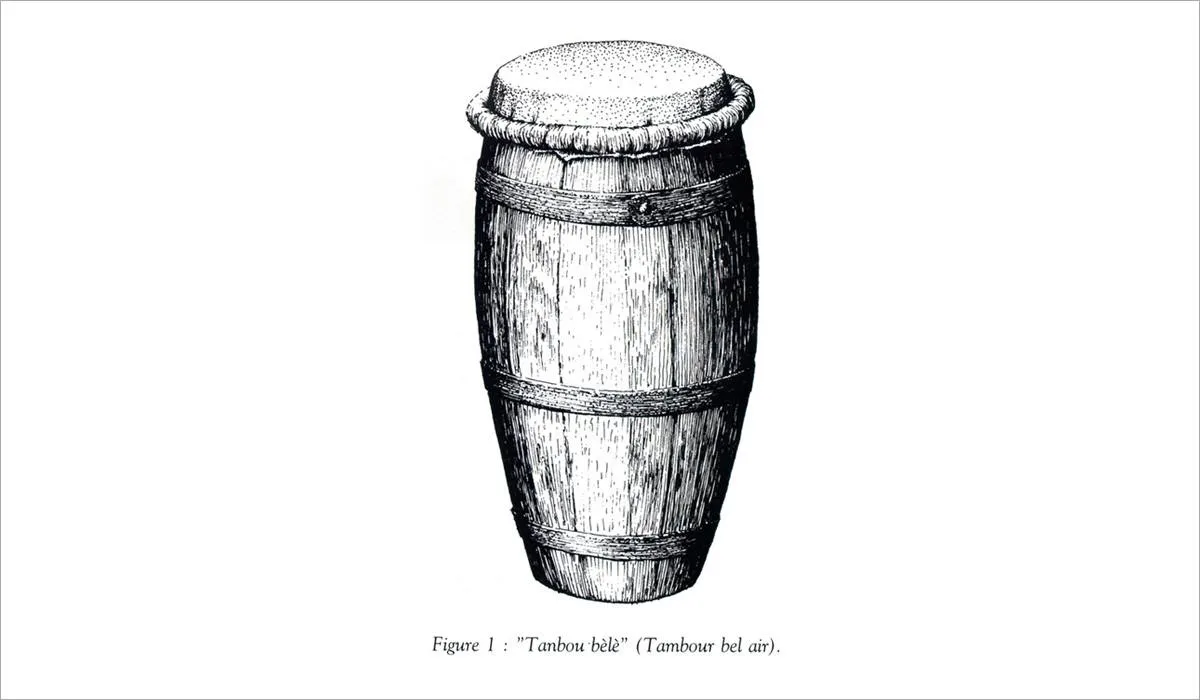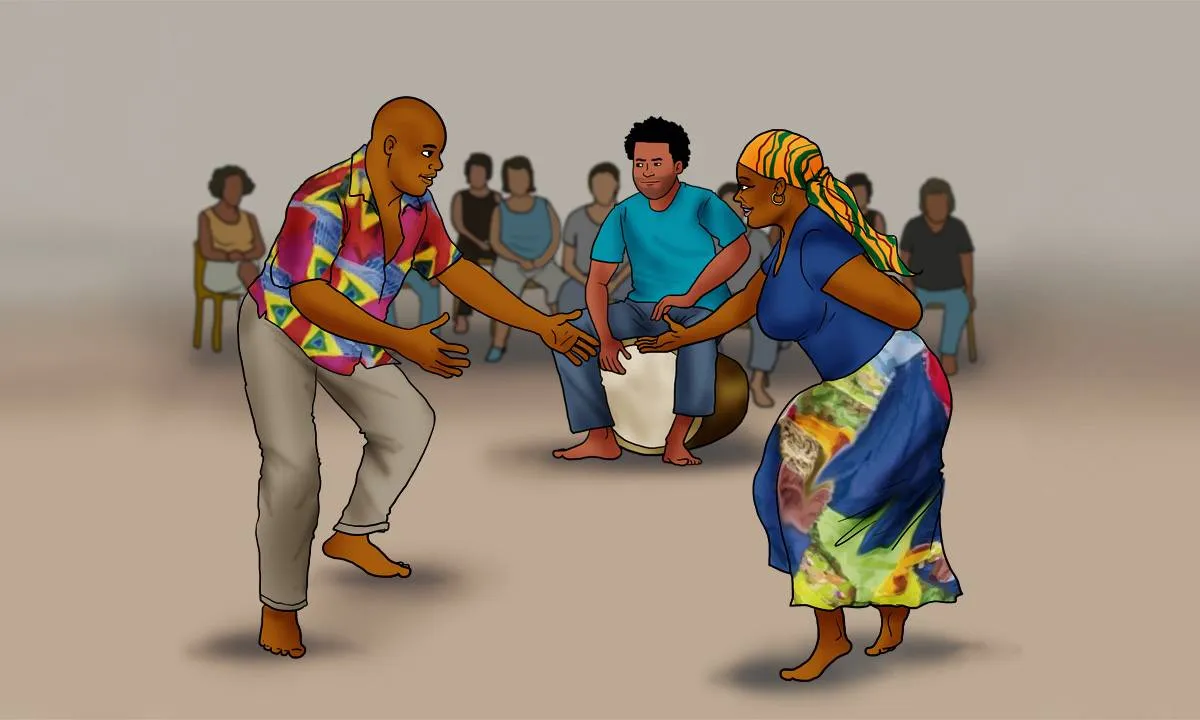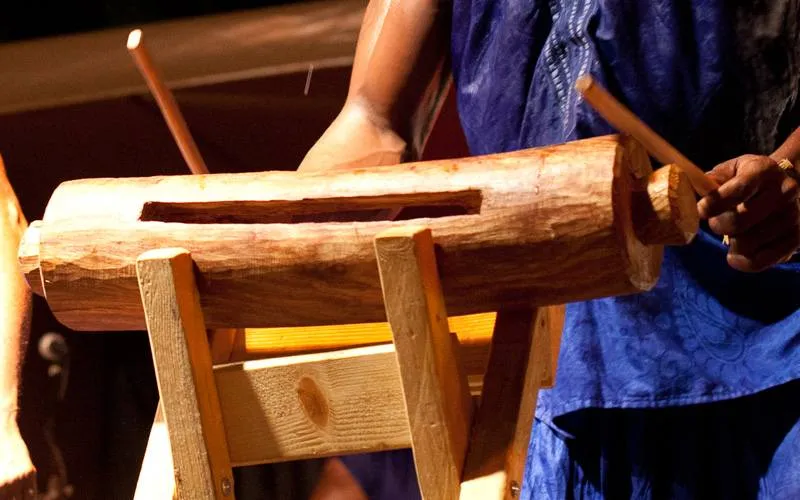Contemporary music in Martinique
We will discuss here the different music of the 20th and 21st centuries of Martinique. Like the other islands in the Caribbean zone, Martinique has followed an almost similar pattern marked by the influences of the different waves of immigration from Europe and Africa.
But its history as a French island that has known slavery for nearly two centuries will, of course, have marked its music, which will borrow rhythms as well from French ballets, waltzes, and minuets as more rhythmic music from Africa.
Although Martinican and Guadeloupe music have many similarities, they are not the same because of their history. Thus, Guadeloupe, which experienced the first abolition of slavery between 1794 and 1802, had returned to drumming music and honoring their gods, the monks having fled the island before the abolition or having been deported.
Restored in 1802, popular music in Guadeloupe was therefore African music, creolized over time. Its dance songs were accompanied by drums and chachas (maracas), while those of Martinique were a mixture of African and French civilization. The sung dances are played by melodic instruments: piano, flute, clarinet, etc., accompanied by various percussion instruments. It's the same pattern as black American popular music.
However, Martinican music has kept from Africa its predominance of rhythm and the inseparability of song and dance.
The Martinican Bèlè
The bèlè (bel-air) is a complete art comprising dances, rhythm, music, and words or tales. Folklorized during the 20th century, rejected by the elites, this popular practice is enjoying a resounding comeback. It is a heritage of the former slaves who practiced it in the streets, Cases-Nègres (streets between the slaves' huts) near the plantations in Martinique.

The bèlè designates both the artistic practice that the bèlè drum uses and the values of this art, which are sharing, solidarity, and cultural resistance.
A singer leads the music with a voice that carries as a dialogue develops between the dancer and the drummers. The drum is accompanied by a ti-bwa rhythm given by two sticks that strike the rear part of the drum (see image below).
The bèlè is made up of different 2-beat, 3-beat, or 4-beat rhythms. Thus, the "bèlè douce" and the "bèlè pityé" are played on 2- or 4-beat rhythms. The “grand bèlè”, the “belya”, and the “marim bèlè” are 3-beat dances.
In the bèlè, we dance bent, the knees bent, unlike the “danmyé,” which is a combat dance. In these wrestling movements, the dancer of danmié must be able to bounce, throw the feet, and the arms.
Kalenda, another 4-beat rhythm in Martinique, is the only music that can be danced alone in Martinique.

The main dances of the nucleus bèlè are danced according to a square structure, such as the quadrille or the grand bèlè. Inside the two squares, the dancers engage in individual feats, in pairs.
Thus, it is necessary to integrate the gestural and relational codes between the dancers in the movement. Grace, exchanges in dance, rhythmic encounters are enough to interest a spectator who discovers the quadrille.

The bèlè dances are performed in the round (venezuel, kanigwé, woulé mango, or the timbank) or in line, which involve games between the dancers. The dances differ between the north and the south of the island because they can have different performances. There is a common core and regional diversity. To see demonstrations of bèlè, do not hesitate to go to the Maison du Bèlè in Sainte-Marie.
Bèlè artists
The masters of bèlè are undoubtedly Ti-Émile (Emmanuel Casérus) and Ti-Raoul (Raoul Edmond Mondésir), the other great figures are Félix Casérus, Dulténor Casérus, Vava Grivalliers, Berthé Grivalliers, Clothaire Grivalliers, Féfé Marolany, Paul Rastocle, Benoit Rastocle, Carmélite Rastocle, Apollon Vallade, Félix Cébarec, Génius Cébarec dit Galfètè, Stéphane Cébarec, Boniface Cébarec, Saint-Ange Victoire, Robert Dessart, Siméline Rangon.
